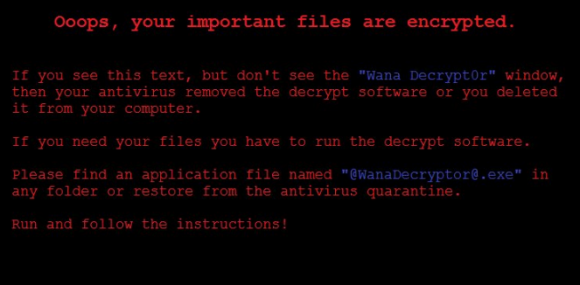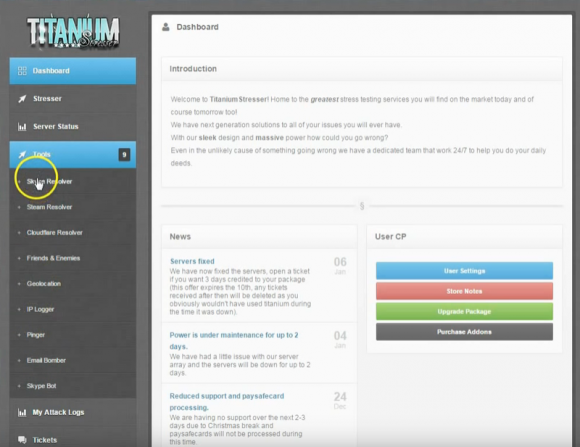At least 16 hospitals in the United Kingdom are being forced to divert emergency patients today after computer systems there were infected with ransomware, a type of malicious software that encrypts a victim’s documents, images, music and other files unless the victim pays for a key to unlock them.
It remains unclear exactly how this ransomware strain is being disseminated and why it appears to have spread so quickly, but there are indications the malware may be spreading to vulnerable systems through a security hole in Windows that was recently patched by Microsoft.

The ransom note left behind on computers infected with the Wanna Decryptor ransomware strain. Image: BleepingComputer.
In a statement, the U.K.’s National Health Service (NHS) said a number of NHS organizations had suffered ransomware attacks.
“This attack was not specifically targeted at the NHS and is affecting organizations from across a range of sectors,” the NHS said. “At this stage we do not have any evidence that patient data has been accessed.”
According to Reuters, hospitals across England are diverting patients requiring emergency treatment away from the affected hospitals, and the public is being advised to seek medical care only for acute medical conditions.
NHS said the investigation is at an early stage but the ransomware that hit at least 16 NHS facilities is a variant of Wana Decryptor (a.k.a. “WannaCry“), a ransomware strain that surfaced roughly two weeks ago.
Lawrence Abrams, owner of the tech-help forum BleepingComputer, said Wana Decryptor wasn’t a big player in the ransomware space until the past 24 hours, when something caused it to be spread far and wide very quickly.
“It’s been out for almost two weeks now, and until very recently it’s just been sitting there,” Abrams said. “Today, it just went nuts. This is by far the biggest outbreak we have seen to date.”
For example, the same ransomware strain apparently today also hit Telefonica, one of Spain’s largest telecommunications companies. According to an article on BleepingComputer, Telefonica has responded by “desperately telling employees to shut down computers and VPN connections in order to limit the ransomware’s reach.”
An alert published by Spain’s national computer emergency response team (CCN-CERT) suggested that the reason for the rapid spread of Wana Decryptor is that it is leveraging a software vulnerability in Windows computers that Microsoft patched in March. Continue reading





 Last week, Google security researchers
Last week, Google security researchers  A week ago I heard from Troy Mursch, an IT consultant based in Las Vegas. A big fan of proactive medical testing, Mursch said he’s been getting his various lab results reviewed annually for the past two years with the help of a company based in Frisco, Texas called True Health Diagnostics.
A week ago I heard from Troy Mursch, an IT consultant based in Las Vegas. A big fan of proactive medical testing, Mursch said he’s been getting his various lab results reviewed annually for the past two years with the help of a company based in Frisco, Texas called True Health Diagnostics. In
In 




 Your average spam email can contain a great deal of information about the systems used to blast junk email. If you’re lucky, it may even offer insight into the organization that owns the networked resources (computers, mobile devices) which have been hacked for use in sending or relaying junk messages.
Your average spam email can contain a great deal of information about the systems used to blast junk email. If you’re lucky, it may even offer insight into the organization that owns the networked resources (computers, mobile devices) which have been hacked for use in sending or relaying junk messages.